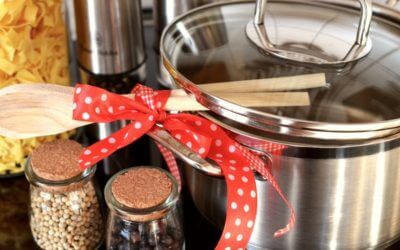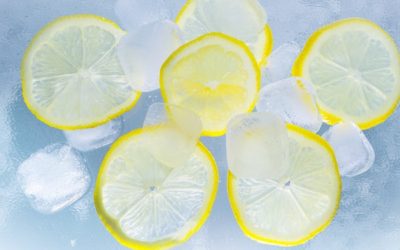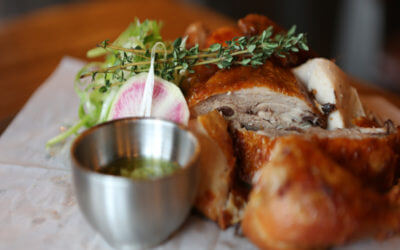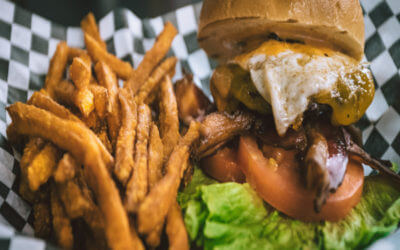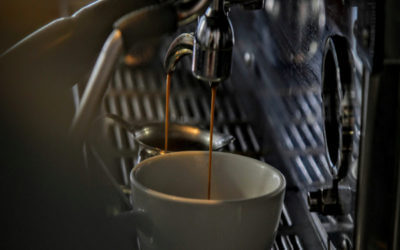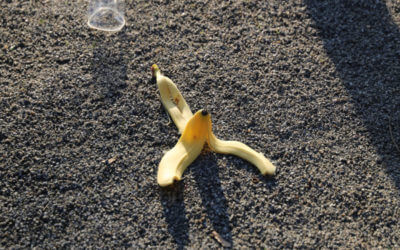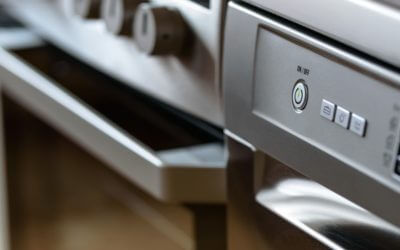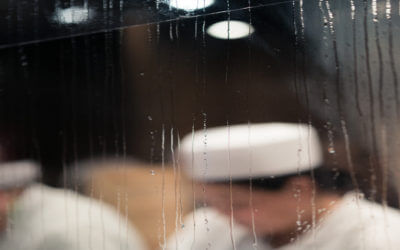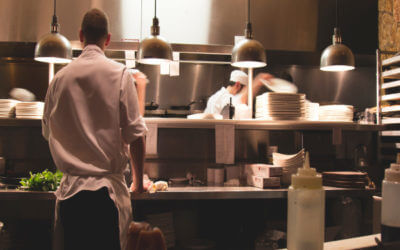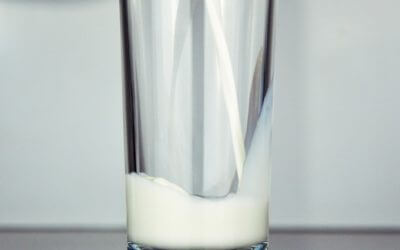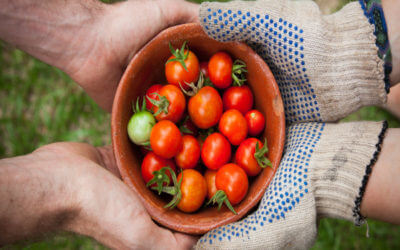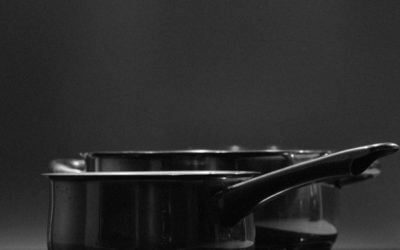How to Make Your Silverware Sparkle and Shine
June 1, 2017No one wants to eat off of dirty or tarnished silverware.
While it’s easy to clean silverware of leftover food, the tarnishing will still linger unless you take steps to make your silverware shine. To make the best impression on your guests, your silverware should not just be clean. It should sparkle. There are detergents that can get back the sparkle of your silverware, but you can also use common ingredients from your restaurant kitchen to make them shine.
- Alcohol
Alcohol may also be used to clean tarnished silverware, but it has one limitation: it may not be effective for heavily tarnished silverware. To utilize this method, mix four parts water with one part rubbing alcohol. Using a soft cloth, dip into the mixture and wipe your silverware until you achieve a sparkling surface.
- Salt and baking soda
An effective way to achieve sparkling silverware is the use of aluminum foil, salt and baking soda. Line a bowl with aluminum foil and add a teaspoon each of salt and baking soda to a cup of hot water. You can increase the amounts depending on the amount of silverware to be cleaned. Fill the bowl with boiling water and add your mixture and silverware, ensuring that the silverware is not overlapping. You can also add half a cup of vinegar to the mixture to speed up the process.
This method is quick. Depending on the level of tarnishing, you may leave the silverware to soak anywhere between 30 seconds and several minutes. When the silverware looks tarnish-free, pull it out using a tong, as the water will still be hot. Buff it and dry it well. And you’re done!
- Baking soda alone
If you’re running low on salt, you can use baking soda by itself – it will just take a bit longer. Cover the silverware with a generous amount of baking soda. Now is the time for patience. Let the silverware and baking soda sit for at least 30 minutes. After this time, any stains will be ready to come off easily. Scrub the silverware lightly with a damp cloth or sponge, rinse it and buff it.
Boric acid can also be used for this method instead of baking soda. However, boric acid, also commonly known as Borax, has recently been found to cause reproductive and developmental health problems in women and children. To protect the health of your valued customers, stay away from the use of boric acid.
Of all the methods listed, the quickest and most effective is the use of baking soda, aluminum foil and salt. You should be aware that aside from your usual cleaning detergents, a number of basic or acidic kitchen products, including ketchup, aluminum foil, toothpaste, baking soda, borax, salt, alcohol and vinegar, can perform magic. If you’re in a pinch or want a more eco-friendly way to clean your silverware, just look around your kitchen!
What’s in a Cooking Pot, How to Choose the Right One?
As a restaurant owner, your cooking needs might vary. Did you know that a good quality pot can greatly improve your cooking experience, while also improving the quality of your cooking? This cooking equipment is a very important one that cannot be done away with...
5 Different Ice Shapes and Why You Should Care About Them
Ice makers are very popular in the restaurant and foodservice community because they eliminate the need to buy ice every day. And of course, adding an ice maker to your collection of foodservice equipment means you will always have ice on hand when you need it. An...
How to Choose Your Next Commercial Meat Smoker
The movies that connect with us on a personal level are the ones that linger in our memories forever. Anyone who has used a commercial meat smoker knows that they have a huge influence on the taste of a meal. You need to have just the right kitchen equipment to get a...
Tipton’s Guide to Perfect Poultry Trussing
Do you ever truss birds in your commercial kitchen? Trussing is a fantastic cooking technique because it makes poultry cook faster, look more attractive and taste better. If your commercial kitchen prepares poultry, you don’t want to miss these trussing tips. Trussing...
5 Reasons a Meat Grinder Will Set Your Burgers Apart
The more you do to prepare your foods in-house with the right kitchen equipment, the fresher and more flavorful your dishes become. There are all sorts of restaurants offering fast-food style burgers, but some diners are looking for the real deal. A fresh, juicy...
5 Things Every Restaurant Owner Should Do Before Buying Used Kitchen Equipment
Equipping your restaurant properly can cost a lot of money, so buying used kitchen equipment is the go-to choice for many restaurateurs. Buying used kitchen equipment for a restaurant is a bit different than buying used equipment for your home, however. You will...
Pulping and Grinding: A Starter’s Guide to Reducing Commercial Food Waste Costs
For most restaurant owners and managers, the expenses involved in making meals are always under careful consideration. Water is needed to prepare, cook and wash food; power is necessary for food prep, cooking and cooling, and so on. However, how many of us consider...
Are High Speed Ovens Too Good to be True?
You might have heard a few of the bold claims that foodservice equipment manufacturers have been making about high speed ovens, but they can’t be possible, right? Cooking three times as faster as regular ovens? Five times as fast? Fifteen times as fast? It may seem...
How to Eliminate Excess Condensation in Your Kitchen
Is your commercial kitchen getting steamy? If so, you could have more than just an uncomfortable working environment on your hands. Excess moisture in your commercial kitchen can result in the corrosion of equipment, the development of mold, and even damage to your...
Pest Preventions to Implement in Your Commercial Kitchen
Restaurant pests: it’s something that few people want to think about. Like it or not, pest management is an essential consideration for every commercial kitchen. Offering food, shelter and water, the unprepared commercial kitchen naturally provides everything pests...
Top Restaurant Technology Trends in 2018
When looking to buy restaurant supplies, you want to be on the leading edge of technology trends. This will keep your kitchen running smoothly. Let’s take a look at some of the most recent trends in restaurant supplies technology. 1. New Payment Options Who would...
Choosing the Right Milk Cooler: Cold Wall or Forced Air?
In a restaurant, milk is an essential to have on hand for coffee and other café-style beverages, for serving with kids’ meals, and as a key ingredient in many recipes. Keeping your milk properly chilled can be difficult without the proper restaurant equipment....
Choosing the Right Food Storage Containers for Your Restaurant
Choosing the right kitchen supplies will make a difference in your restaurant. Whether it is heavy duty kitchen equipment or food storage containers, each piece of equipment plays its own important role. Today, we are going to talk about how to choose the right food...
The DIY Guide to Your Restaurant’s Own Garden
Stocking your restaurant supply with your own home-grown herbs and produce can truly bring your dishes to life. When it comes to food, everyone knows there’s nothing like homemade and home-grown. Having your own culinary garden, however large or small, can help you...
Choosing the Right Material for Your Cooking Equipment
Kitchens are very unique to their chef. Just like a car mechanic has a toolbox unique to them, so is the cooking equipment in a kitchen. And over time, the same cooking equipment become a natural extension of the chef. What tools are you using in your kitchen? It...

